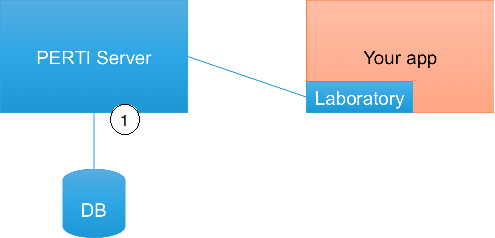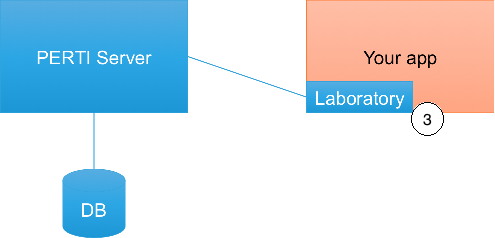Step 1: Setting Up Petri Server

Use our runnable jar, which use H2 with disk persistency. However, if you’re looking for a more scalable solution you can configure Petri server to run with MySql.
Download the runnable-petri-server.
Run the server:
java -jar runnable-petri-server.jar
Step 2: Create a Petri BackOffice app
We created a BackOffice application (soon to be open sourced as well!) to manage our experiments and specs. Our Product Managers have full access to it so they can create any user experience they like.
If you’re looking to see if Petri is for you, you can issue a few HTTP requests to create specs and experiments programatically to get the ball rolling. This is essentially what our BackOffice does behind the scenes.
Step 3: Integrate Laboratory (Petri’s client) into your application

Integrating Laboratory into your application is very easy if you’re writing a JVM based server. It saves our servers extra hops as all the logic of experiemnt conduction is done within the Laboratory library, within the server who needs it.
If you’re not using a JVM based language you can run Laboratory as a service. This means that you will be making that extra hop when you need to conduct an experiment. We use this method for some of our client code.